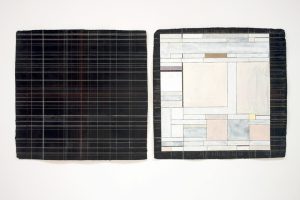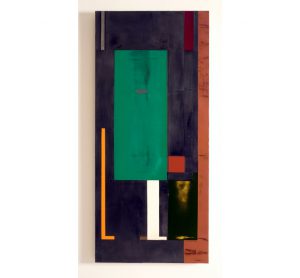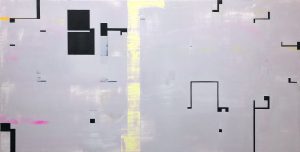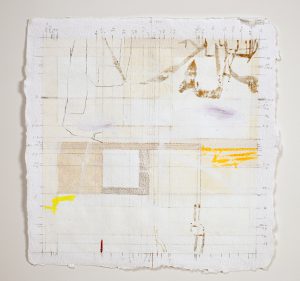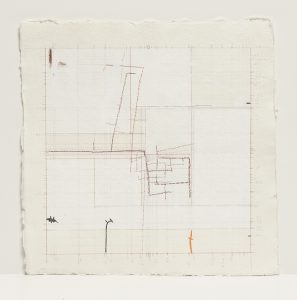
Joan Waltemath
New York, NY
Joan Waltemath grew up on the Great Plains. Her abstract paintings focus on constructing spatial voids using harmonic progressions and non-traditional, reflective pigments in oils, as well as drawings in diverse materials. Shown in New York, Chicago, Los Angeles, Portland, London, Basel and Cologne, her work is in the collections of the Museum of Modern Art, the National Gallery of Art and the Harvard University Art Museum, among others. She has written and spoken extensively on art and served as editor-at-large of the Brooklyn Rail since 2001. She has taught at the IS Chanin School of Architecture of the Cooper Union (1997 to 2010) and Princeton University (since 2000). She is the Director of MICA’s Hoffberger School of Painting.
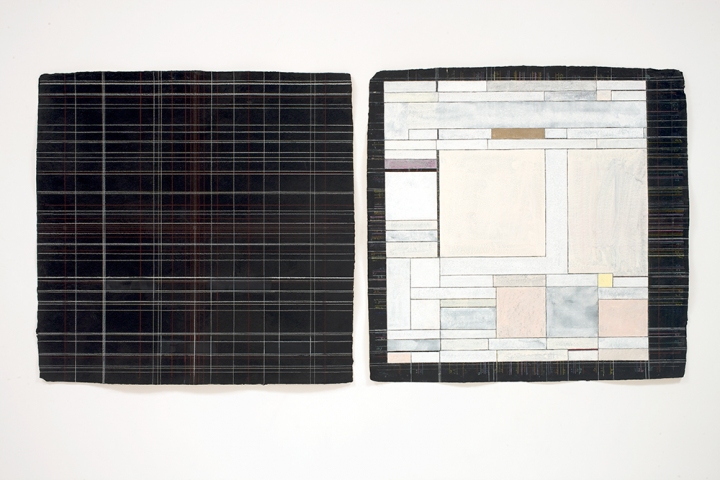




Treaty of 1868: A Lament
Joan Waltemath’s abstract paintings focus on constructing spatial voids using harmonic progressions and non-traditional, reflective pigments in oils, as well as drawings in diverse materials.
Artist BioThe Treaty of 1868 is a new kind of history painting that reflects on cultural relations in the former Plains Indian territories. The series of eight large-scale paintings poses questions about subjects that have been repressed and peoples who have been written out of the future by mainstream culture. By looking at the fallout from the broken treaty, including the physical and cultural genocide it unleashed, as well as the underlying guilt of those who profited from it, the project asks us to consider how to begin a movement towards the healing of historical trauma.
With this project, Joan Waltemath seeks to reconcile her lifelong practice as an abstract painter with a decade long involvement in the sacred ceremonies of the Plains Indian tribes. Beginning by creating several 16′ x 16′ grounds of multiple sewn canvas panels based on her mathematically-generated harmonic grids, she intends to create a resonant space for acknowledging the multiple perspectives of this complex history. The ultimate intervention(s) on these canvases may range from the geometry of harmonic ratios to gestural drawing to inscription on the canvases in an attempt to map the metaphysical dimension of trauma and healing. Taking Philip Deloria’s Playing Indian as a point of departure, Waltemath is also developing a performance to explore non-Indian idealizations of the American Indian and what circumstances would allow that character to confront real actions. Waltemath plans for the paintings and performance to be seen nationally as well as internationally with the intent to raise awareness of the historical legacy we have all inherited.
